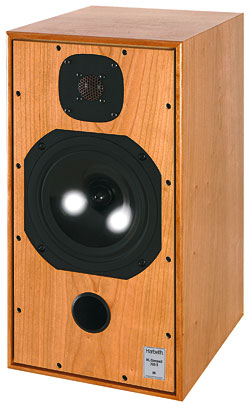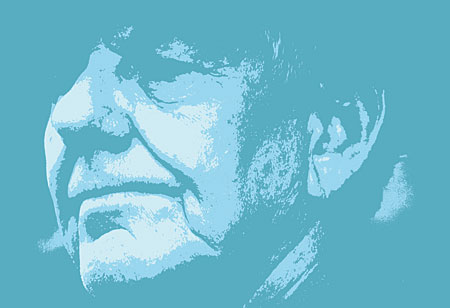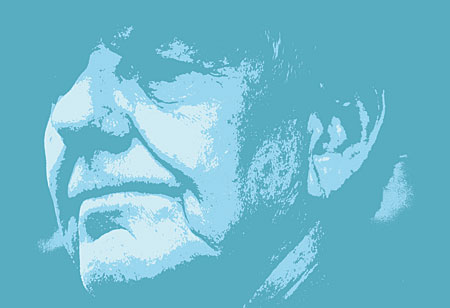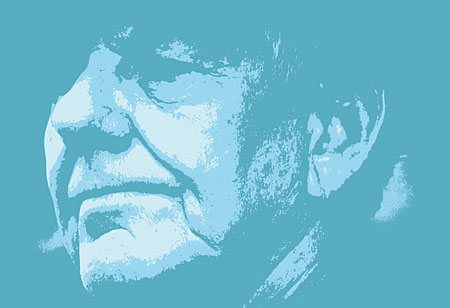
What is the future of high-end audio retailing?
- Read more about What is the future of high-end audio retailing?
- Log in or register to post comments
Audiophiles often prefer to listen for themselves before committing to a purchase. But brick-and-mortar retailers are succumbing right and left, partly a result of the economy and partly owing to the trend to online sales. What is the future of high-end audio retailing?
Richard Sequerra: Tuning In Page 3
Richard Sequerra: Tuning In Page 3

- Read more about Richard Sequerra: Tuning In Page 3
- Log in or register to post comments
Richard Sequerra: Tuning In Page 2
Richard Sequerra: Tuning In Page 2

- Read more about Richard Sequerra: Tuning In Page 2
- Log in or register to post comments
Richard Sequerra: Tuning In
Richard Sequerra: Tuning In

- Read more about Richard Sequerra: Tuning In
- Log in or register to post comments
I just think this guy is funny
- Read more about I just think this guy is funny
- Log in or register to post comments
High end audio dealing
Forums
- Read more about High end audio dealing
- Log in or register to post comments
Fantastic sound from Sweden
Forums
- Read more about Fantastic sound from Sweden
- Log in or register to post comments
Newb looking for a good enough system
Forums
- Read more about Newb looking for a good enough system
- Log in or register to post comments

 "Warum, musik f
"Warum, musik f
http://projects.daytondailynews.com/cach...peterscartoons/